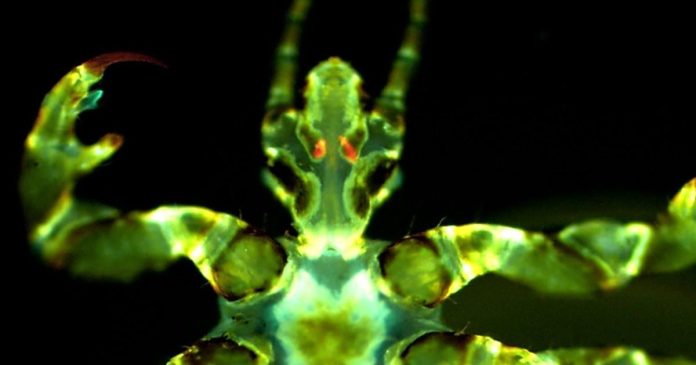Human body lice may have played a bigger role in spreading the plague than previously believed, according to a new study. The research challenges the commonly held view that rats and fleas were the main culprits behind the Black Death. The bubonic plague, which ravaged Britain and Europe from 1346 to 1353, claimed the lives of up to 50 million people, wiping out half of the continent’s population. The study, conducted by Dr David Bland and his colleagues at the United States National Institute of Allergy and Infectious Diseases, suggests that human body lice are more efficient at transmitting the bacterium Yersinia pestis, which causes the plague, than previously thought. These findings support the idea that lice may have contributed to previous pandemics.
The research has shed new light on the transmission of the plague, which still exists today. While rats and fleas have long been considered the primary drivers of plague pandemics, the study suggests that body lice, which feed on human blood, can also carry and spread Y. pestis. Previous studies on lice transmission efficiency have yielded conflicting results, leading to uncertainty about their role in outbreaks.
Dr Bland explained that Y. pestis has been responsible for numerous pandemics throughout history, including the devastating Black Death. The bacterium naturally cycles between rodents and fleas, with fleas occasionally infecting humans through bites. However, the study suggests that body lice may have played a more significant role in spreading the disease than previously believed. This new understanding could help in developing more effective strategies for preventing and controlling future outbreaks.
The findings of this study, published in the journal PLoS Biology, highlight the importance of considering all possible vectors of disease transmission. While rats and fleas have long been associated with the spread of the plague, it is now evident that human body lice may have played a crucial role as well. Further research is needed to fully understand the extent of lice’s contribution to past pandemics and their potential impact on future outbreaks.
THE GREAT PLAGUE OF LONDON: NEW RESEARCH REVEALS SHOCKING DISCOVERY ABOUT THE SPREAD OF Y. PESTIS
In a groundbreaking study, Dr Bland and his team have uncovered startling information about the transmission of the deadly Y. pestis bacteria. Through a series of lab experiments, the researchers fed body lice with blood samples containing the pathogen. The results were shocking.
Using membrane feeders that mimic human skin, the team was able to observe how the body lice became infected with Y. pestis. They found that the lice were not only capable of transmitting the pathogen, but they did so consistently after feeding on blood with similar levels of the bacteria found in real-life plague cases.
Furthermore, the researchers discovered that Y. pestis can infect the Pawlowsky glands, a pair of salivary glands found in body lice. Lice with infected Pawlowsky glands were found to transmit the pathogen more effectively than those with limited infection in their digestive tract.
The Pawlowsky glands secrete lubricant onto the lice’s mouthparts, leading the research team to propose that these secretions may contaminate the mouthparts with Y. pestis. This contamination, in turn, could spread to humans when bitten.
Dr Bland commented, “These findings suggest that body lice may be far more efficient at spreading Y. pestis than previously believed. They could have played a significant role in past plague outbreaks.”
This groundbreaking research sheds new light on the transmission of Y. pestis and highlights the potential role of body lice in historical plague outbreaks. The implications of these findings are significant and may lead to a better understanding of how to prevent future outbreaks. Stay tuned for more updates on this groundbreaking study.

